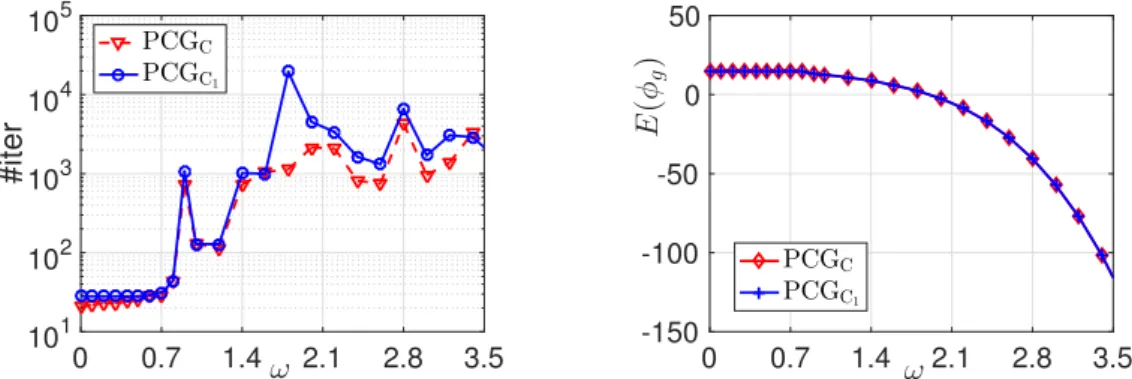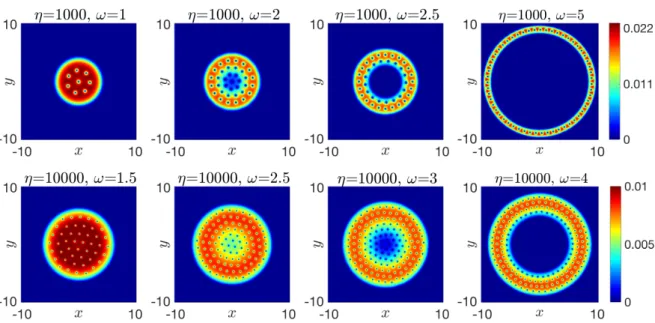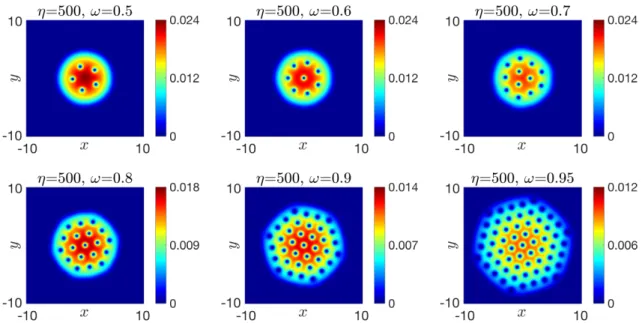Efficient spectral computation of the stationary states of rotating Bose-Einstein condensates by the preconditioned nonlinear conjugate gradient method
Texte intégral
Figure
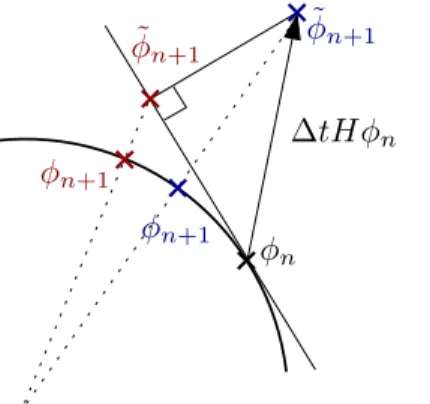


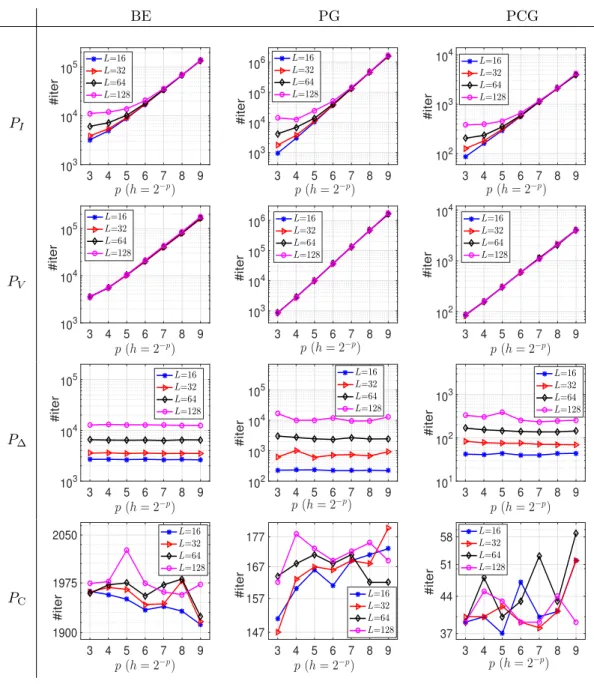
Documents relatifs
Mesure simultanée de x et z pour un grand nombre de systèmes quantiques (atomes) tous préparés dans le même état.. Observation expérimentale de
We conclude that, while future all-sky cosmic microwave background observations will determine cosmological parameters with unprecedented precision, and cross-correlation of
In [ 50 ], a finite element C++ toolbox is proposed for computing the stationary states (based on a Newton method) and dynamics of nonlinear Schr¨ odinger equations. Another
leurs rôles dans le cerveau. CELF2 est exprimée dans le cerveau et réprime l’inclusion de l’exon
Preliminary study of human interactions during entertainment by a facilitator using a cognitive stimulation medium (Mémoire-RED) in a nursing-home setting?. (2015)
A shorter auxiliary wavelength would however be advantageous since it increases the temporal spacing of the few-cycle sub-pulses and thus improves the suppression of
For a gas confined in a harmonic potential, the fast rotation domain corresponds to stirring frequencies Ω of the order of the trapping frequency ω ⊥ in the plane perpendicular to
other technical results (Lemmas 5, 7) to prove that every initial condition in the restricted physical domain is attracted by the physical fixed point (Theorem 2).. We
